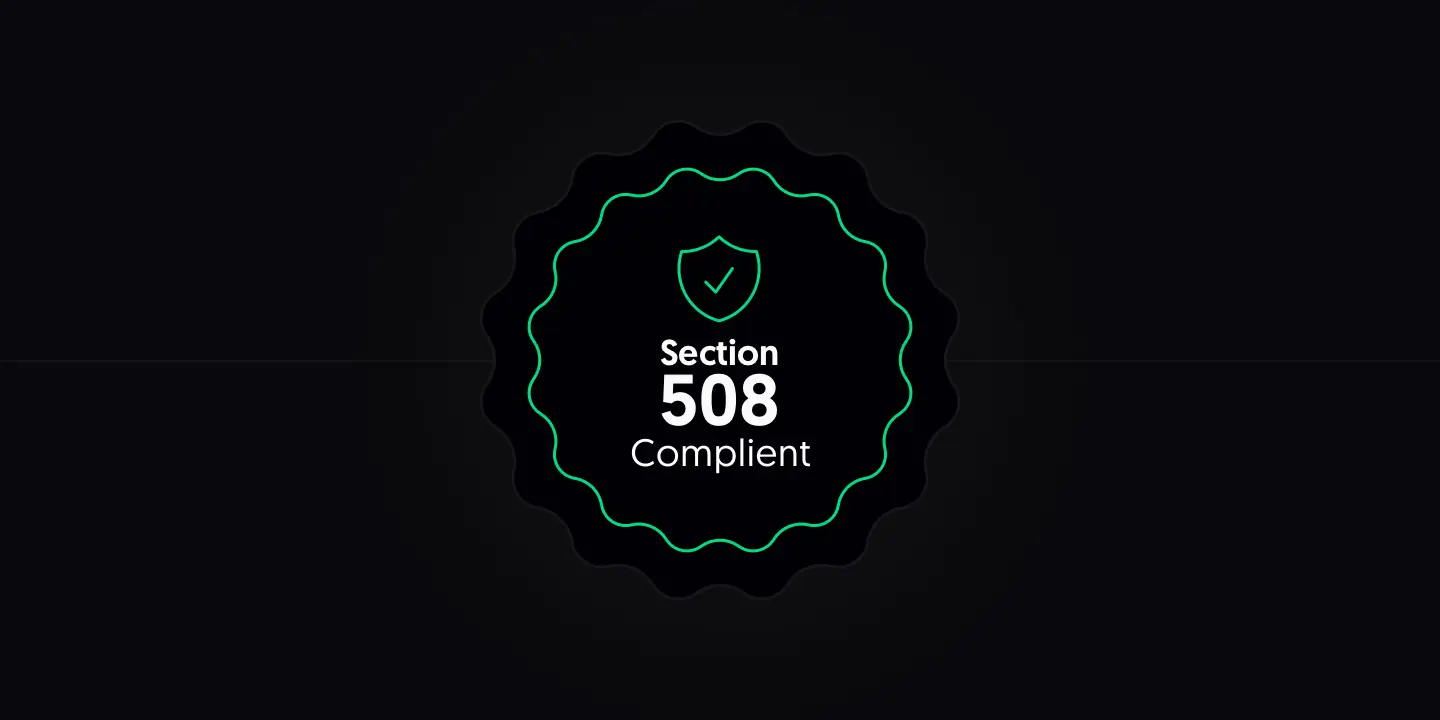
In the realm of digital accessibility, Section 508 of the Rehabilitation Act of 1973 stands as a pivotal regulation, especially for federal organizations, programs, and contractors. This amendment mandates that Information and Communications Technology (ICT) be accessible to people with disabilities, marking a significant step towards inclusivity and non-discrimination in the digital age.
The Essence of Section 508
Section 508 addresses the need for digital accessibility across all forms of electronic communication. It’s a federal legislation that extends its impact beyond federal agencies to include contractors and suppliers, ensuring that digital communications adhere to 508 compliance requirements, which align with Level AA of the Web Content Accessibility Guidelines (WCAG).
Key Components of Section 508 Compliance
-
Accessibility Standards: Federal agencies are required to make their electronic and information technology accessible to people with disabilities. This encompasses a wide range of ICT, including hardware, software, and documentation.
-
Web Accessibility: Digital content, including websites, must be accessible, adhering to WCAG guidelines. These guidelines provide a framework for making web content more accessible to people with disabilities.
-
Procurement Policies: Section 508 mandates that in the procurement, development, maintenance, or use of ICT, federal agencies must ensure technology is accessible to employees and the public with disabilities.
-
Equal Access: The law ensures that individuals with disabilities have access to and can use information and data comparably to those without disabilities.
-
Compliance and Enforcement: Federal agencies must report on their compliance with Section 508 and take steps to remediate any shortcomings. Non-compliance can lead to legal action and the requirement for remediation.
-
Guidelines and Standards: The U.S. Access Board has developed accessibility guidelines included in Section 508, integrating WCAG 2.0 standards to ensure compliance with both Level A and Level AA of WCAG.
-
Training and Awareness: There’s a significant emphasis on training and raising awareness about accessibility requirements within federal agencies, particularly among IT professionals, web developers, and content creators.
The Broader Impact of Section 508
While Section 508 directly affects federal agencies and their contractors, its influence extends to the broader push for digital accessibility across all sectors. The ADA (Americans with Disabilities Act) complements Section 508 by applying to businesses, nonprofits, and state and regional governments, emphasizing the importance of non-discrimination in public spaces, including digital platforms.
The Importance of Compliance
Understanding and adhering to Section 508 standards is not only a legal obligation for federal agencies and their contractors but also a moral imperative to ensure that digital spaces are inclusive and accessible to everyone. Non-compliance can lead to significant consequences, including legal challenges and the need for costly remediation efforts.
Conclusion
Section 508 of the Rehabilitation Act represents a critical framework for ensuring digital accessibility in the federal sector and beyond. By complying with its standards, federal agencies and contractors can lead the way in creating a more inclusive digital world, where people with disabilities have equal access to information and technology. As digital platforms continue to evolve, the principles of Section 508 remain essential in guiding efforts towards comprehensive digital accessibility.